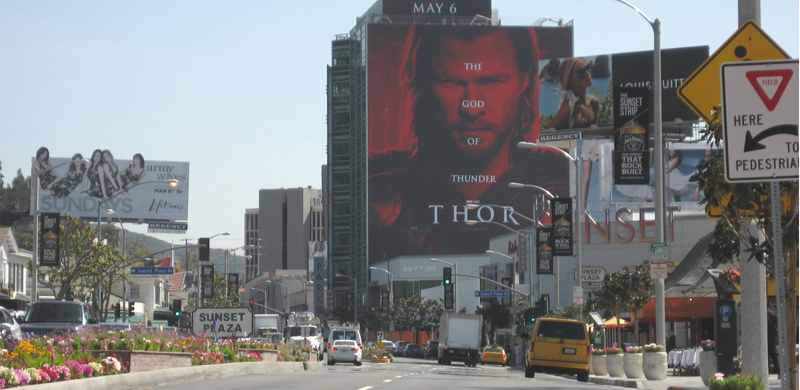
Pundits sing the praises of relying on digital media to market theatrical films and Walt Disney Studios just hired a new media guru who designed digital-media-only marketing campaigns for corporate clients. But experience has proven to date it’s suicidal to diminish or downplay ad spending in key traditional media of TV.
“Few films have become hits in the US based on digital media campaigns alone and the new platforms — social media, transmedia content, websites, e-mail blasts, mobile phones, ad insertions in virtual worlds— are still used more as an adjunct to traditional marketing techniques,” says an article in London-based monthly film trade “Screen International.” The writer of the article is Robert Marich, who is also author of the book “Marketing to Moviegoers: Second Edition.”
The article quotes IFC Films senior vice-president of marketing and publicity Ryan Werner noting new media is a great way to make an interactive connection, but that alone doesn’t spur ticket sales. Disney will test the ability of new media to drive campaigns after recently hiring MT Carney, a New York-based digital marketing consultant, as global theatrical marketing czar, with the assignment to lowering domestic theatrical marketing costs at the studio.
“Unlike a TV spot, the number of people an online campaign is likely to reach can be uncertain, which is why new media marketing spend is piled on top of more costly traditional media, where a single US broadcast network TV commercial averages $160,000 in prime time,” says the “Screen International” article. “According to Nielsen, film companies shell out a staggering $3.4bn a year in the US for paid ad buys, of which more than half is gobbled up by traditional TV commercials” on broadcast networks and cable channels.
The articles estimate that about 8%-10% of US film marketing spending is allocated to new media, and growing fast, climbing from just 1% a decade ago. Estimates on marketing spend ratios vary based on what specifically is measured because new media often involves promotion and publicity, not just paid-advertising like traditional media.
The “Screen International” article continues: Gaining most interest among marketers are social platforms: Facebook, Twitter and MySpace. The Alice In Wonderland Facebook page had more than 1.3 million friends in the US. Independent films are often lucky to get tens of thousands, but even that can be enough.
“It’s not about the number of people, but the quality of interactions,” says Gordon Paddison, CEO of Los Angeles-based consultancy Stradella Road and a former New Line Cinema film marketing executive. “If you have 10,000 people who are really interested, they’re going to be 10,000 evangelists who can create a big buzz.”
The growing tide of film content washing into new media recently prompted the Producers Guild of America to establish the ‘transmedia producer’ film credit to recognize executives who fashion film content into original narratives in other media.
Jeff Gomez, president of New York-based transmedia specialist Starlight Runner Entertainment, devised a “mythology” for Avatar surveying the history, flora and fauna of the world of Pandora.
This served as a jumping-off point for such products as the Avatar iPhone mobile game, which revealed a new back story for the Neytiri character. Gomez did the same for Disney’s “Tron: Legacy” and that content served as a resource for an online trailer, which required users to clear five hurdles before gaining access.
“The experience of unlocking that trailer deepens the understanding of the ‘Tron’ universe of today versus that of the 1982 original ‘Tron’ movie,” says Gomez. “Execution like this helps pull the core fanbase on to your side.”
Related content:
Leave a Reply